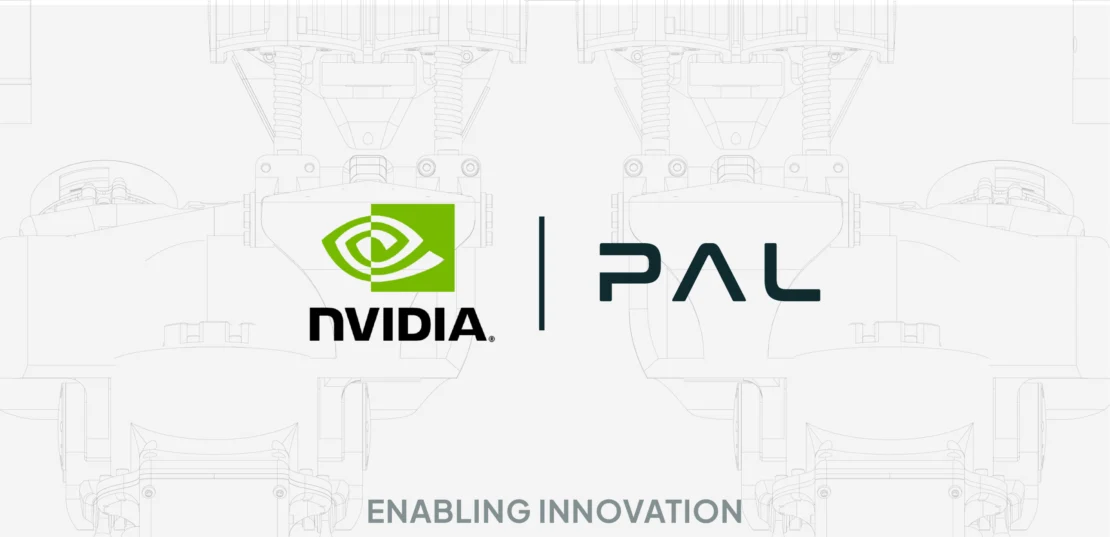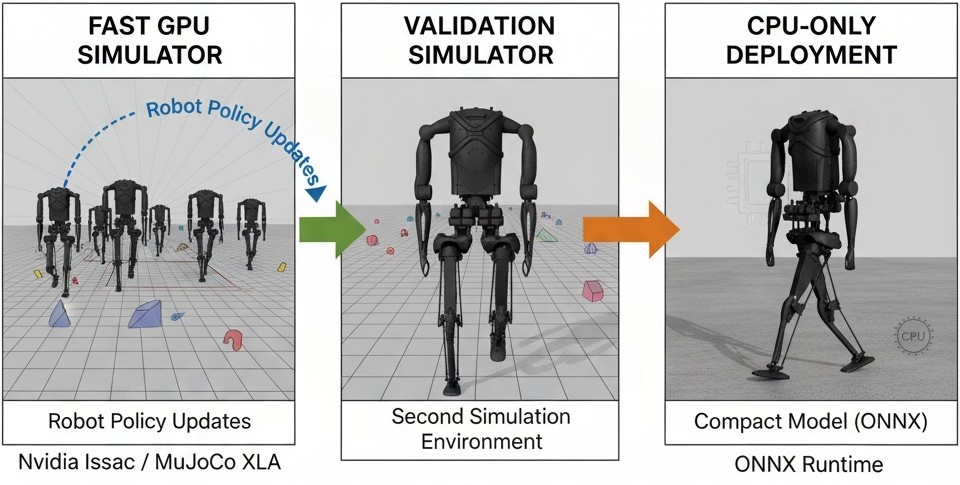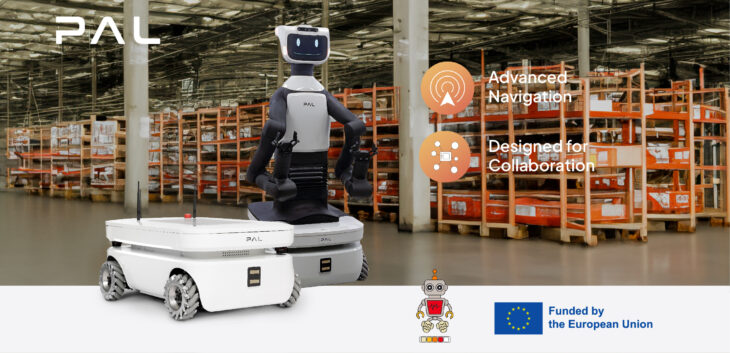
It has been over two decades of innovation for PAL Robotics, and we continue to push the boundaries of what’s possible in humanoid robotics. We don’t set limits, we chase ideas and turn ambition into action. Our expertise lies in designing and manufacturing adaptable robotic platforms: robust and reliable hardware built on open-source software architectures that empower developers, researchers, and organizations worldwide.
Each of our robots is built to adapt and grow with the people who use them, meeting the specific needs of every project. This flexibility is what drives our mission: transforming today’s ambitions into tomorrow’s breakthroughs.
At the core of this transformation lies the power of NVIDIA. From GPU computing to simulation environments, NVIDIA provides the tools that make it possible for PAL Robotics to develop AI-powered humanoid platforms; robots that learn, adapt, and operate in the real world. Thanks to NVIDIA’s technologies, our humanoid robots are entering a new era of learning and autonomy, combining artificial intelligence with decades of engineering expertise.
Enabling robot learning through NVIDIA AI and simulation
At PAL Robotics, we are leveraging NVIDIA’s high-performance GPU computing to accelerate the development of humanoid platforms that learn from experience. Using NVIDIA’s GPUs provides the computational power required to process the complex algorithms that drive robot learning, perception, and decision-making.
Through NVIDIA Isaac Sim and Isaac Lab, our engineers create realistic virtual environments where humanoid robots are trained using reinforcement learning techniques. Simulation allows us to develop and validate locomotion and manipulation capabilities efficiently, before transferring those skills to the real world. The result: robots that are more adaptable, reliable, and ready to take on human-centered environments.

RL Training on IsaacLab
Teleoperation and real-world data acquisition
One of the keys to machine learning lies in high-quality data. PAL Robotics uses teleoperation to collect data directly from real-world scenarios, enabling robots to learn from human demonstrations.
By integrating virtual reality systems with our humanoid robots, like with KANGAROO, operators can control and guide the robot remotely while generating datasets that train neural networks to later perform manipulation and navigation tasks autonomously.
This combination of simulation and teleoperation creates powerful feedback, allowing humanoids to improve continuously through both virtual and real-world experience.
Designing platforms for the next generation of robotics
PAL Robotics designs both the hardware and software foundations that enable researchers and developers to build the next generation of humanoid capabilities. Our robots are modular platforms that empower users to experiment, integrate, and extend functionality for their own applications, due to their open-source technology.

Workflow from training to deployment
From advanced locomotion control to manipulation and human-robot interaction, PAL Robotics’ humanoid platforms, powered by NVIDIA, provide the ideal environment for exploring AI-driven robotics. As we integrate foundational models into our architectures, we are preparing for a future where humanoid robots understand and respond to their surroundings with unprecedented intelligence and adaptability.
Shaping the future of humanoids
The collaboration between PAL Robotics and NVIDIA marks a decisive step toward the convergence of robotics and AI. By combining our expertise in humanoid design and mobile manipulation with NVIDIA’s leadership in AI computing and simulation, we are building the foundations for the humanoid platforms of tomorrow.
Powered by NVIDIA, our robots are not only machines; they are partners in building a smarter, more connected world.


